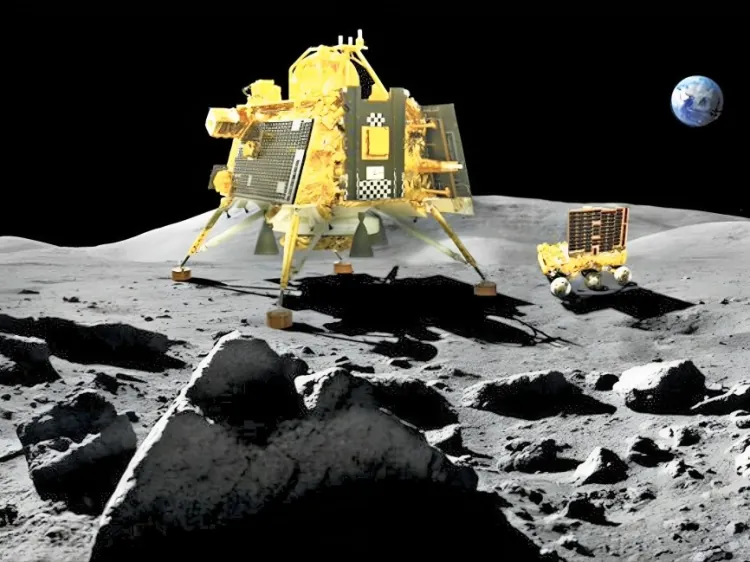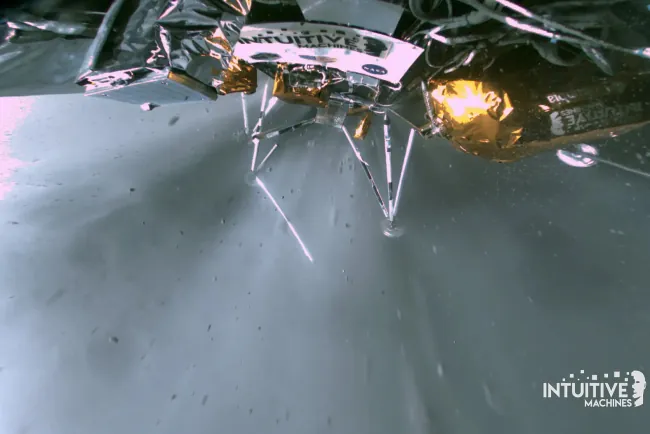Lunar Challenges: Insights into Moon Lander Design Complexities
Explore the challenges faced by lunar landers, focusing on design and environmental hurdles on the Moon's surface.

In recent lunar exploration missions, engineers have encountered unexpected challenges, leading to a series of tipping incidents with moon landers. Despite successfully reaching the lunar surface, these landers, including NASA's Odysseus, experienced difficulties maintaining stability, primarily due to their tall, top-heavy designs.
The Gravity of Lunar Landing Challenges
Lunar missions have underscored the complexity of spacecraft design, particularly when it comes to landing stability. The Odysseus lander, a project by Intuitive Machines, faced an unfortunate fate when it toppled over after landing. This incident highlighted the difficulties posed by the lunar environment, especially for structures with significant height, such as Odysseus, which stood at 14 feet tall including its solar arrays.
A critical factor contributing to the instability of such landers is the unique lunar gravity, which affects how spacecraft behave upon touchdown. The absence of crucial data during descent, specifically from malfunctioning laser instruments designed for measuring altitude, exacerbated the challenges, preventing the lander from achieving a stable landing.
Engineering Insights and Solutions
The engineering community, including experts from NASA and space industry leaders, has been actively discussing ways to mitigate these challenges. Steve Altemus, CEO of Intuitive Machines, emphasized the importance of laser range-finders in achieving precision during landing phases. The insights from these missions are crucial for refining future designs to ensure that landers can withstand the peculiarities of the lunar surface.
Philip Metzger, a former NASA engineer, offered an analysis, suggesting that the dynamics of lunar gravity require landing legs to be significantly wider compared to designs intended for Earth. This adaptation is essential to counteract the tipping forces that are more pronounced on the Moon due to its lower gravity.
Looking Forward
Despite the setbacks, these experiences offer valuable lessons for the advancement of lunar exploration. The design complexities of moon landers, such as the need for optimal balance and the integration of propulsion systems, highlight the intricate balance between engineering constraints and the harsh realities of space exploration. The potential benefits of successful landings, including extended operation periods due to higher placement of solar arrays, drive ongoing efforts to overcome these challenges.
As the quest to explore the lunar surface continues, the insights gained from these incidents pave the way for more resilient and stable spacecraft designs. Embracing the lessons learned from the Odysseus mission and other similar endeavors is key to advancing human presence on the Moon and beyond.
For more detailed insights into the engineering and design challenges of lunar landers, visit our extensive coverage at Kiksee Magazine.
Further Reading
Delve deeper into the intricacies of moon lander design and the pivotal role of environmental adaptation in space exploration. Our comprehensive analysis provides a closer look at the factors influencing the stability and functionality of landers on the lunar surface. Explore Kiksee Magazine for more on this and related topics in space exploration and technology advancements.
What's Your Reaction?






















